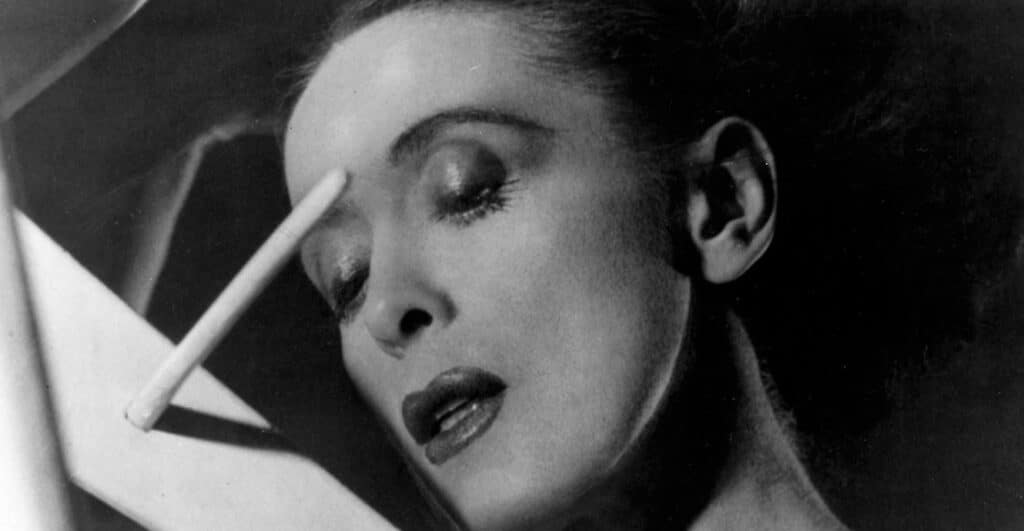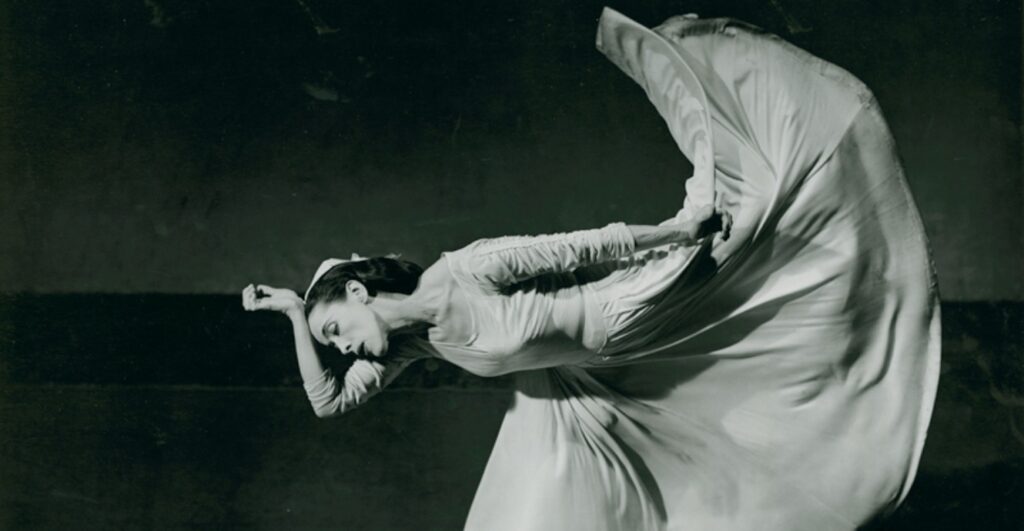News
2nd January 2023
Top 10 Best American Playwrights

News
1st December 2021

Does the name Martha Graham ring any bells? If not, it will soon as it’s time to learn all about Martha Graham’s career as she was one of the most important female choreographers of all time. Notebooks out and pens to the ready!
Martha Graham was an American dancer and choreographer and is well known as an iconic artistic force of the 20th century, alongside some of the greats including Picasso, James Joyce, Stravinsky, and Frank Lloyd Wright. TIME Magazine named her ‘Dancer of the Century’ and People Magazine called her one of the female ‘Icons of the Century.’ Graham created 181 ballets and a dance technique that has been compared to ballet in its creativity and complexity. Her approach to dance and theatre has changed the art form forever and her innovative physical vocabulary has influenced dancers worldwide. Is Martha Graham still alive you ask? Unfortunately, Martha Graham died in 1991 aged an amazing 96, but her legacy lives on in dance today.

Let’s delve a little deeper and discover Martha Graham’s history. In 1926, Martha Graham founded her famous dance company and school whilst living and working in a tiny Carnegie Hall studio in Manhattan. As she started developing her famous technique, Graham experimented endlessly with basic human movement, beginning with contraction and release. Using these principles as the basis for her technique, Graham built a vocabulary of movement that would “increase the emotional activity of the dancer’s body.” There’s no denying that the dance world was altered by Martha Graham’s vision, which has been and continues to be, a source of inspiration for generations of dancers.
Graham took charge of every aspect of her work, creating everything from the dance, costumes, and music. During Martha’s 70 years as a choreographer, she collaborated with amazing artists including sculptor Isamu Noguchi, actor and director John Houseman, fashion designers Halston, Donna Karan and Calvin Klein and renowned composers including Aaron Copland, Louis Horst (her mentor), Samuel Barber, William Schuman, Carlos Surinach, Norman Dello Joio, and Gian Carlo Menotti.
Martha’s company became the training ground for many future contemporary choreographers, including Merce Cunningham, Paul Taylor, and Twyla Tharp. She created roles for classical ballet stars including Margot Fonteyn, Rudolf Nureyev, and Mikhail Baryshnikov, welcoming them as guests into her company.
Martha was also in charge of movement and dance at The Neighborhood Playhouse, and taught legendary actors including Bette Davis, Kirk Douglas, Madonna, Liza Minnelli, Gregory Peck, Tony Randall, Anne Jackson, and Joanne Woodward how to use the body as an expressive tool. Graham’s unique vision and creativity earned her many honors and awards, such as The Laurel Leaf of the American Composers Alliance in 1959 for her service to music. Martha sadly passed away in on 1st April 1991, however her legacy and dance company still lives on, as we’re about to uncover next.

The Martha Graham Company has been integral in nurturing and inspiring many of the leading choreographers and dancers of the 20th and 21st centuries, including Merce Cunningham, Anna Sokolow, Erick Hawkins, Pearl Lang, Sir Robert Cohan, Donald McKayle, Elisa Monte, Jacquelyn Buglisi, Paul Taylor and many others.
Today, the company continues to embody Graham’s spirit and teachings. It still showcases masterpieces by Graham as well as newly commissioned works by contemporary artists inspired by Graham’s legacy.
The Martha Graham Dance Company has performed at some of the most esteemed venues across the world such as Metropolitan Opera, Carnegie Hall, the Paris Opera House, Covent Garden, and the John F. Kennedy Center for the Performing Arts, as well as at the base of the Great Pyramids in Egypt and in the ancient Odeon of Herodes Atticus theatre on the Acropolis in Athens.
Graham’s technique centres around ‘contraction and release’ and uses different parts of the body to create spirals for dramatic tension. It also employs formal exaggerations of ‘natural’ movements. Let’s look at the different movements that make up the famous technique:
The primary movement of Graham technique is the cycle between ‘contraction’ and ‘release’, which became a stylized representation of breathing. “Pull, pull on the contraction. Do not cave in. And the contraction is not a position. It is a movement into something. It is like a pebble thrown into the water, which makes rippling circles when it hits the water. The contraction moves” – Martha Graham, 1991.
The second concept in Graham technique is the famous spiral. The basic ‘spiralling’ position is formed by rotating the spine approximately 45°, so that a dancer facing the front of the stage would have their shoulders aligned with the ‘Via Triumphalis’, an imaginary line parallel to a corner-to-corner diagonal of the stage.
“Falling is not a literal representation of reality, but instead an embodiment of inner experience; not a reductive language, but a poetic language that derives its meaning from the layering of the physical and psychic”; – Former Graham dancer Ellen Graff, 2004.
Like other early modern choreographers, Graham used floorwork to explore and experiment with the themes of weight and gravity. Graham’s falls use contractions and manipulate the body’s centre of gravity, to control the timing and direction of a fall.
Graham’s technique uses the hands in distinctive ways, making sure they are always active and purposeful, not decorative. Arm movements were often left unspecified in Graham’s early work, and there is variation between Graham teachers’; use of port de bras (carriage of the arms).

Here are three fun facts about Martha Graham:
1. Graham Often Created Her Own Costumes – Her creativity didn’t stop at choreography, in a 1989 interview, Graham said, “Dance is theatre and larger than life. Makeup and costume, correctly chosen, define movement in a different way.”
2. Graham Put Together One Of Her Most Famous Works, Heretic (1929) In One Night – Honoured dance educator Bessie Schönberg, a student of Graham’s, remembered the creation of Heretic fondly: “It was a pleading figure against a hostile group—terse, brief, stark; I think no other dance quite represented her personal statement with such power, although all her dancers were personal statements”.
3. Graham Had Strong Opinions On Marking During Rehearsals – Helen McGehee, a dancer at the Martha Graham Dance Company from 1944 to 1972, recalled Martha’s thoughts on marking: “Don’t! If you must, then mark the physical movement but keep intensely the dramatic meaning. Never mark that. And keep the true timing and musicality of the role. Always be involved with what you are intending.”

That’s everything you need to know about one of the most famous and influential dance choreographers of all time, Martha Graham. If you enjoyed learning about Martha Graham with us, take a look on our website for our other articles in The Choreographer Series.
Allow Center Stage to sky-rocket your career and surface your talents to casting agents, booking agents, directors, and modelling agents worldwide. Pre-register by clicking the button below!